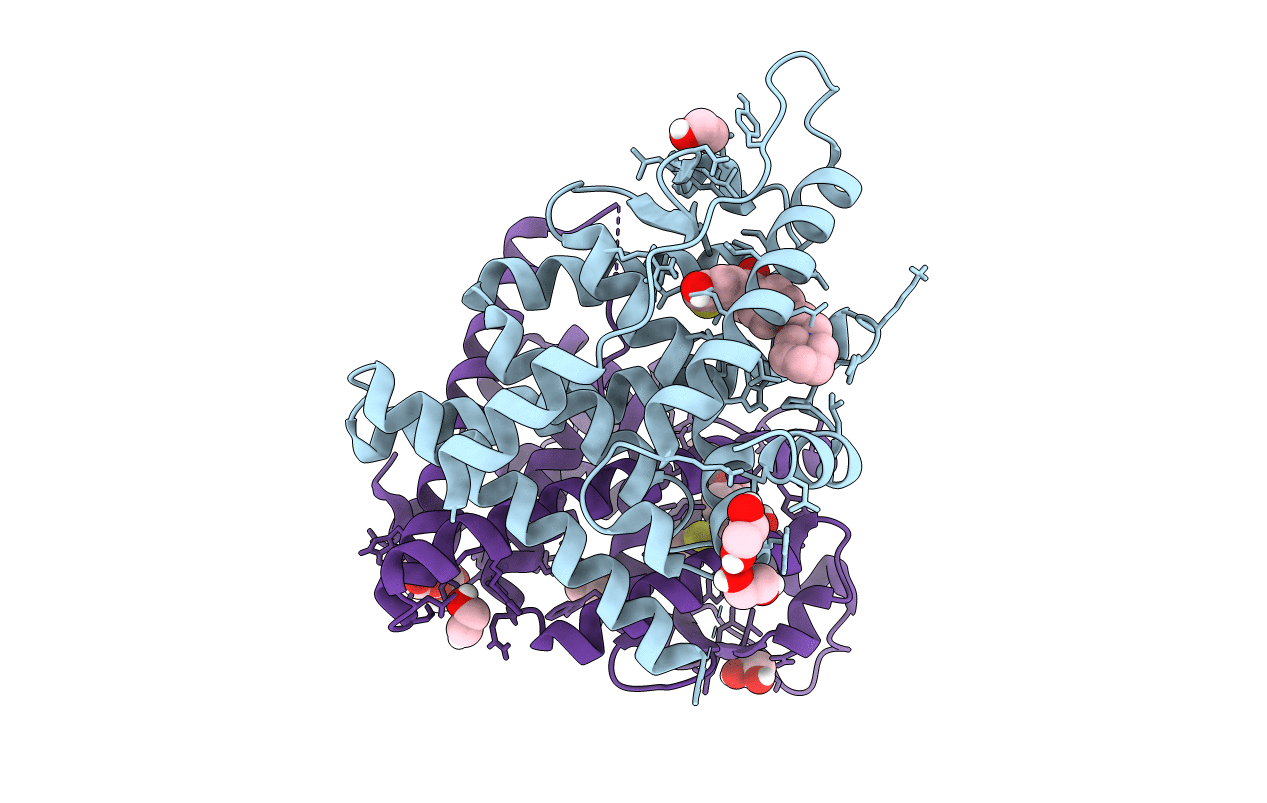
Deposition Date
2021-02-02
Release Date
2021-08-25
Last Version Date
2024-01-31
Method Details:
Experimental Method:
Resolution:
1.60 Å
R-Value Free:
0.19
R-Value Work:
0.18
Space Group:
P 1


